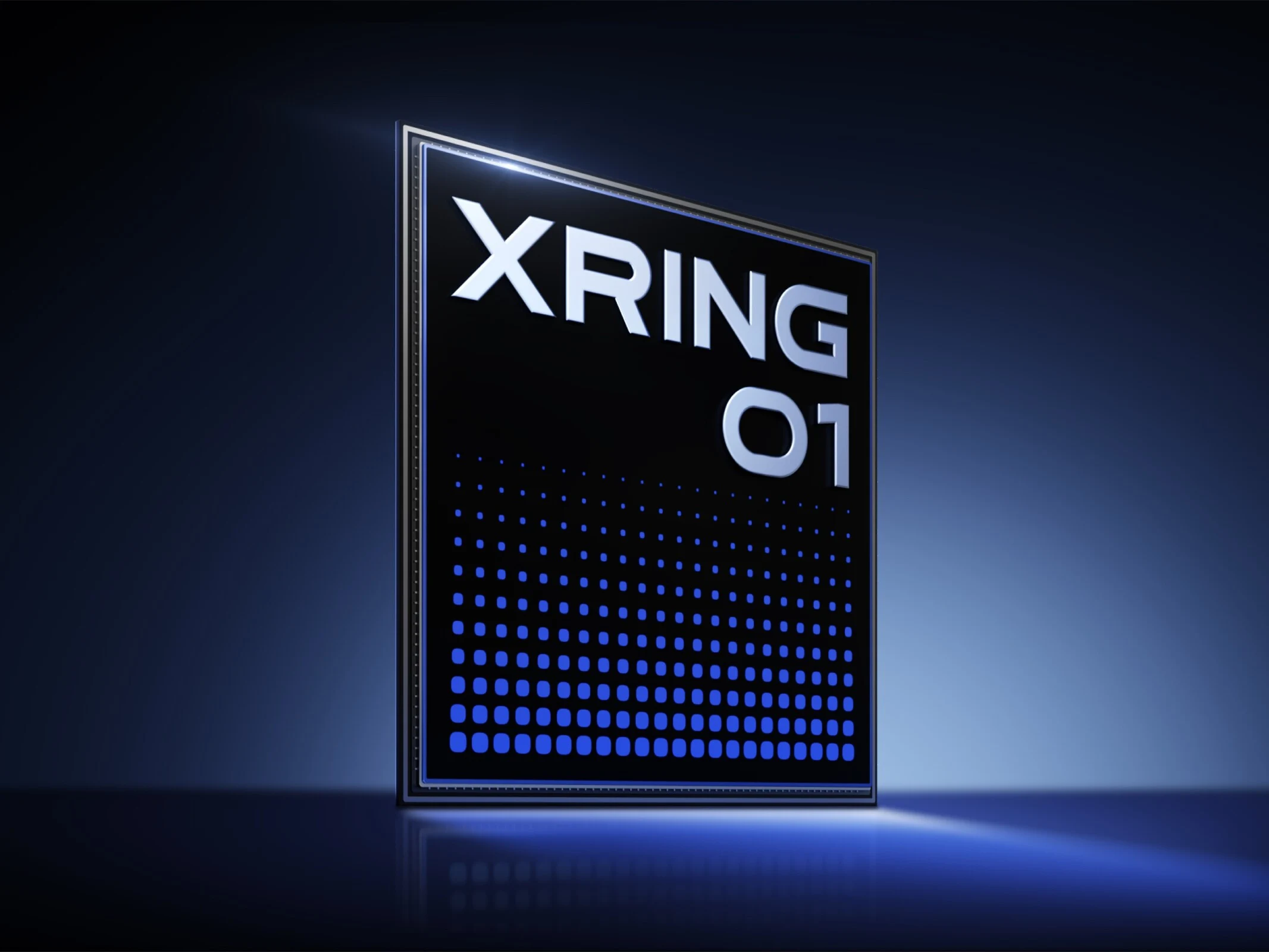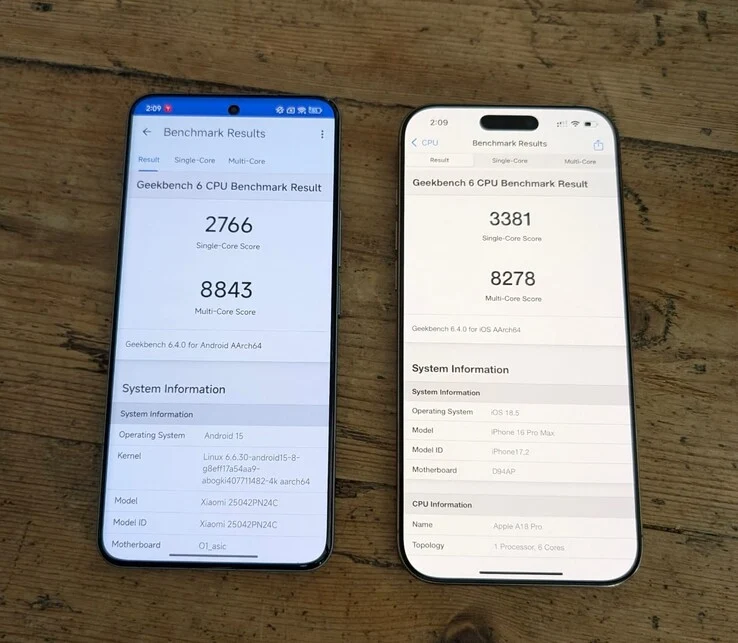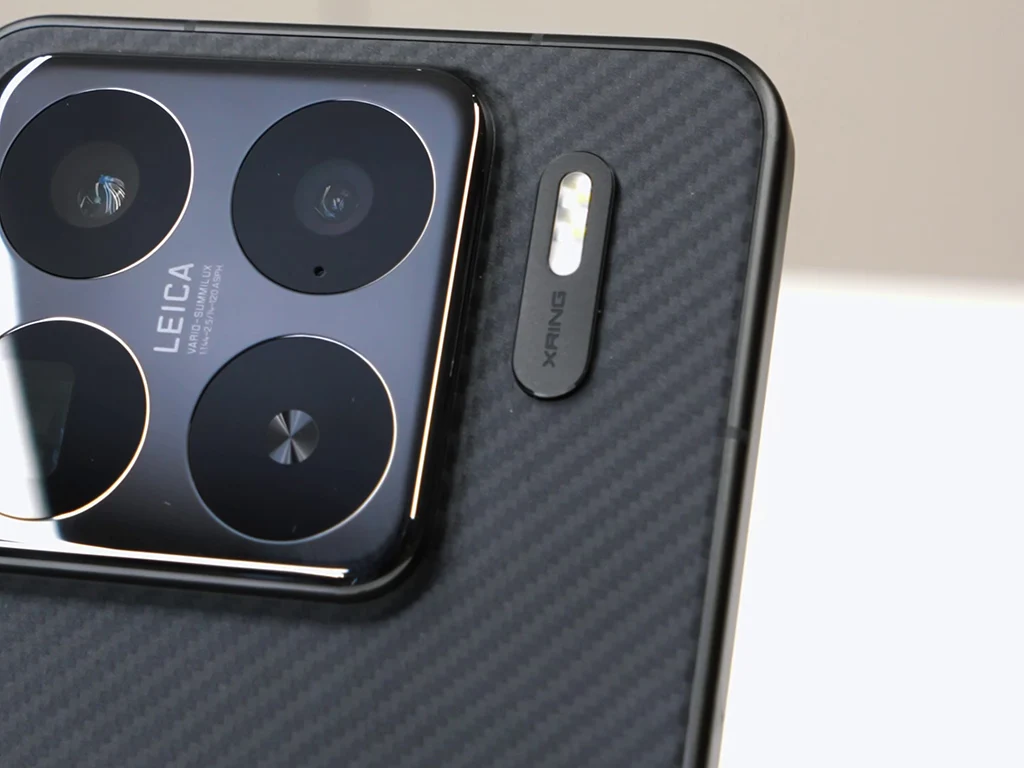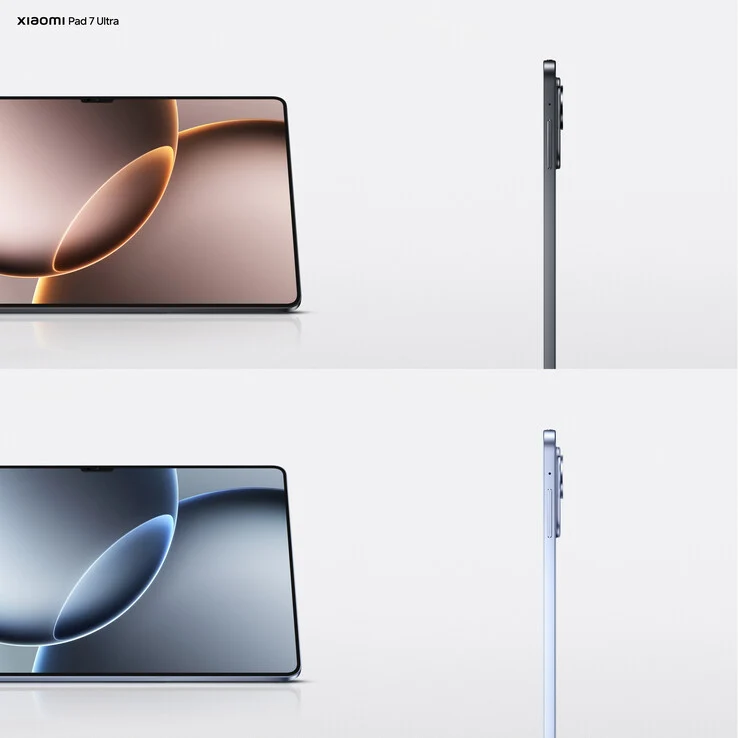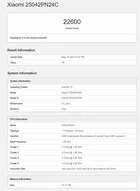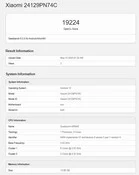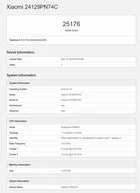Key Takeaways
1. Xiaomi will launch two premium tablets soon: the Redmi gaming tablet and the Xiaomi Pad 7S Pro.
2. The Xiaomi Pad 7S Pro is expected to use the XRing O1 chipset, similar to the Pad 7 Ultra.
3. The Pad 7S Pro may feature a 12.5-inch LCD display and support for 120 W charging.
4. Four additional tablets are also set to launch this month, including models from RedMagic, Vivo, and Honor.
5. The Xiaomi Pad 7 is available for purchase on Amazon.
Xiaomi is set to unveil two premium tablets in the next few weeks. One of them is the highly anticipated Redmi gaming tablet, and the other is the Xiaomi Pad 7S Pro. There has been some uncertainty regarding the chipset that will be used in the Pad 7S Pro, but a recent leak has shed some light on this matter.
New Chipset Information
According to leaker Digital Chat Station, the Xiaomi Pad 7S Pro will likely feature the same chipset as the Pad 7 Ultra, which was released at the end of May—this being Xiaomi’s own SoC, the XRing O1. Although the leaker does not explicitly mention the Pad 7S Pro, they do mention four tablets expected to launch this month, implying that a larger tablet with an in-house chipset is likely on the way, which strongly suggests the Xiaomi Pad 7S Pro.
Specifications and Features
Alongside the XRing O1 chipset, the Xiaomi Pad 7S Pro is rumored to come with a 12.5-inch LCD display and has received certification for 120 W charging capabilities. Positioned below the Xiaomi Pad 7 Ultra in Xiaomi’s tablet hierarchy, it is still ahead of the Xiaomi Pad 7 Pro, and the pricing will reflect this placement.
Beyond the Xiaomi Pad 7S Pro, four additional tablets are also set for release this month. These include the RedMagic Gaming Tablet 3 Pro featuring a 9-inch OLED display and Snapdragon 8 Elite, the Redmi gaming tablet with an 8.8-inch LCD and Dimensity 9400+, the Vivo Pad 5e boasting a 12.1-inch LCD and Snapdragon 8s Gen 3, and Honor’s Magic Pad3 which sports a 13.3-inch LCD and Snapdragon 8 Gen 3.
Source:
Link

